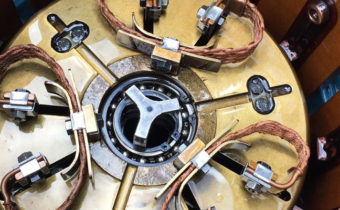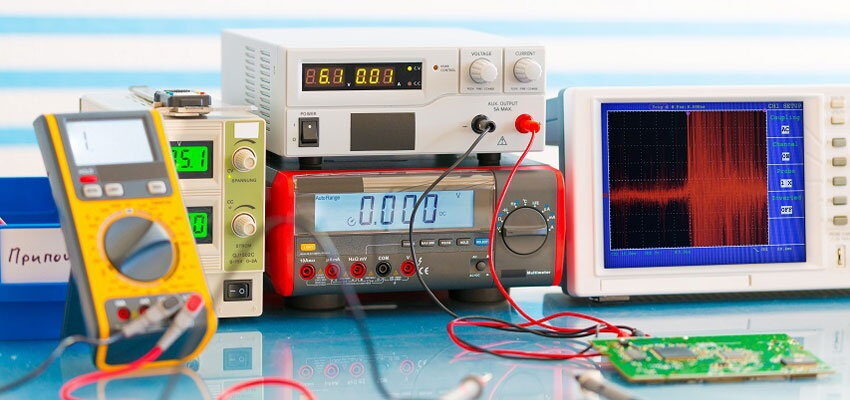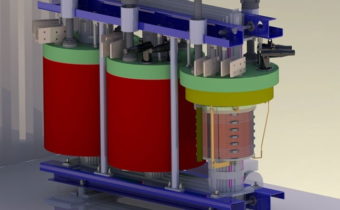
Transformers and power quality – Part I
Abstract This article examines issues related to power quality and generation of higher harmonics in single-phase transformers of low power supply, supplying electricity to household,...
by Petar Milkov UZUNOV

Abstract
This article examines issues related to power quality and generation of higher harmonics in single-phase transformers of low power supply, supplying electricity to household, office and industrial equipment. A simulation of the generation of higher harmonics of these transformers was performed based on the results of the analysis of the magnetic field using the Finite Element Method (FEM). Harmonic composition of the current in the primary side was determined using a Fourier transform applied to the curve of the current obtained through the analysis of the magnetic field using FEM. The results were fully confirmed by the experimental study of the harmonic composition of the current in the primary side of the investigated one-phase transformer using a digital oscilloscope. The used approach is unique, and it enables manufacturers to explore the harmonic composition during the design stage, and take appropriate measures to reduce their magnitude.
Keywords: FEM, small transformers, harmonics, power quality, electrical power systems
Introduction
Electricity is one of the most widely used forms of energy in our time, which can be attributed to the easy reception, transmission and conversion of this type of energy to consumers. In terms of electricity consumption, this is a type of product which is characterized by a number of indicators that determine its quality. Users requiring high quality of supplied electricity will pay the right price for it.
In the transmission of electricity from the source to the consumer, there are various undesirable factors that can be observed: lightning strikes, frequency interference, high harmonics and shock loads. These fluctuations in power consumption and switching to different loads affect others in the network, thus reducing its basic parameters and quality, and adversely affecting the end users, i.e. consumers.
There is a lot of scientific research and literature discussing the effects of poor power supply quality on consumers. Consumers themselves can also aggravate the quality of electricity. However, the issue of which consumers exactly affect these quality indicators and how this works (i.e. the very mechanism of the process) has been less studied and requires more theoretical and experimental research.
Transformers are static electromagnetic devices which occupy an important place in the process of transmission and consumption of electricity. When an AC power source is connected to a transformer, current flows in its primary circuit, even when secondary circuit is open-circuited. This current is the current required to produce flux in the real ferromagnetic core, and it consists of two components:
– the magnetization current, which is the current required to produce the flux in the transformer core, and
– the core-loss current, which is the current required to make up for hysteresis and eddy current losses in the core.







